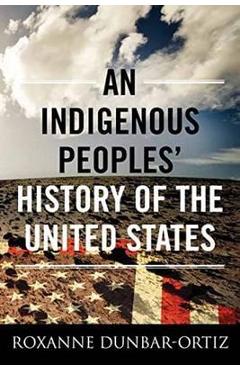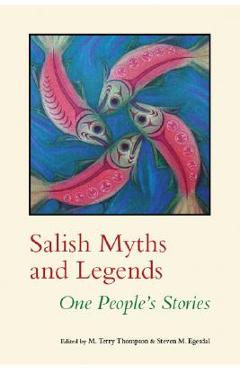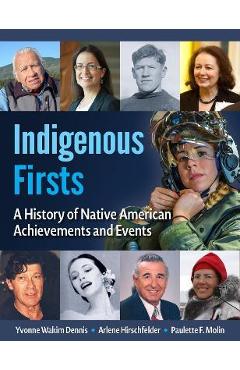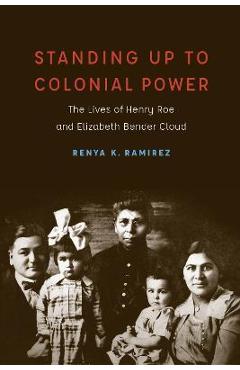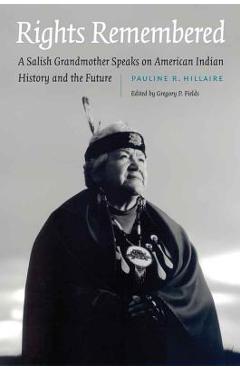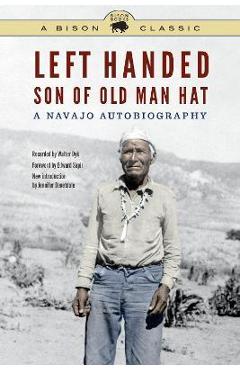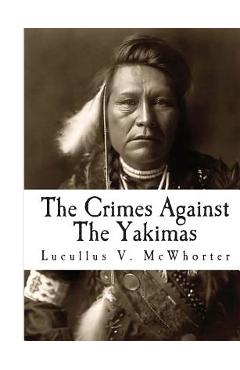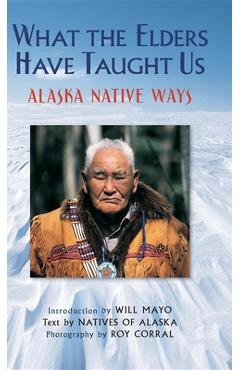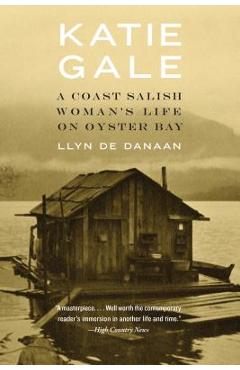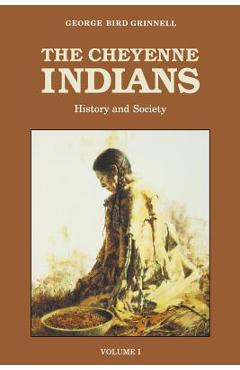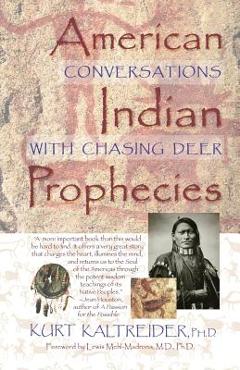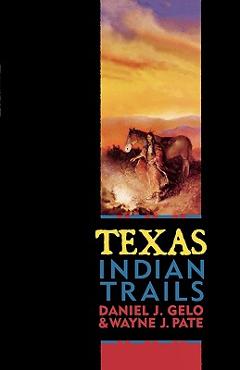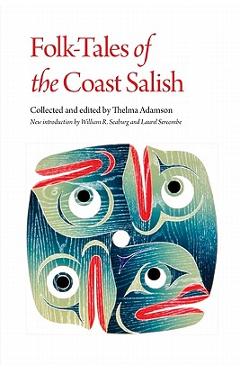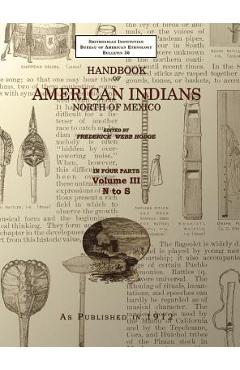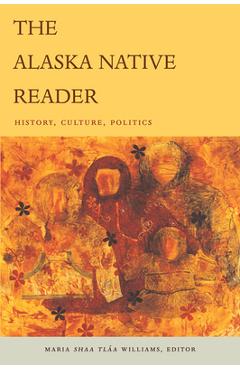Agnes Oshanee Kenmille: Salish Indian Elder and Craftswoman
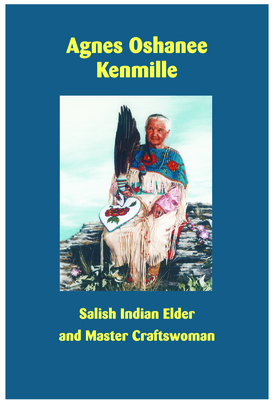
Agnes Oshanee Kenmille: Salish Indian Elder and Craftswoman
Agnes Oshanee Kenmille (1916-2009) was a Salish Indian elder and master craftswoman from the Flathead Indian Reservation in western Montana. She was a hard worker who struggled to raise her children and survive during a century of cultural and economic change on the reservation. Despite being orphaned at the age of thirteen and widowed three times, she was always able to cope and be an inspiration to those around her. For years she taught hide tanning and traditional crafts at the Salish Kootenai College and Two Eagle River School in Pablo, Montana. Through her hard work and craft work, she supported herself and her children. As Tony Incashola, former director of the Salish-Pend d'Oreille Culture Committee, remembered her: "She was like a magnet--she drew people to her. She put her heart into her work, and that's why it was in such demand--people wanted a part of her, and owning something she made was a way to have that." This book is compiled from interviews with Kenmille and a portfolio of color photos of her craft work.
PRP: 111.29 Lei
Acesta este Pretul Recomandat de Producator. Pretul de vanzare al produsului este afisat mai jos.
100.16Lei
100.16Lei
111.29 LeiIndisponibil
Descrierea produsului
Agnes Oshanee Kenmille (1916-2009) was a Salish Indian elder and master craftswoman from the Flathead Indian Reservation in western Montana. She was a hard worker who struggled to raise her children and survive during a century of cultural and economic change on the reservation. Despite being orphaned at the age of thirteen and widowed three times, she was always able to cope and be an inspiration to those around her. For years she taught hide tanning and traditional crafts at the Salish Kootenai College and Two Eagle River School in Pablo, Montana. Through her hard work and craft work, she supported herself and her children. As Tony Incashola, former director of the Salish-Pend d'Oreille Culture Committee, remembered her: "She was like a magnet--she drew people to her. She put her heart into her work, and that's why it was in such demand--people wanted a part of her, and owning something she made was a way to have that." This book is compiled from interviews with Kenmille and a portfolio of color photos of her craft work.
Detaliile produsului









